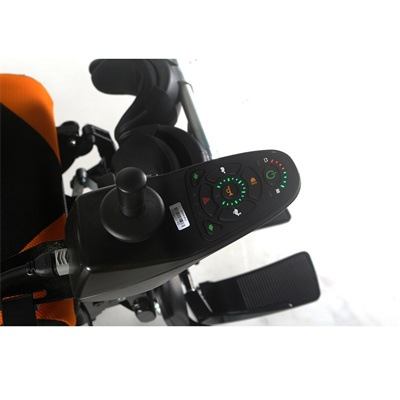Using crutches can be essential for individuals with injuries, surgeries, or mobility issues to move around safely. Here’s a comprehensive guide on using crutches effectively and safely:
1. Types of Crutches:
- Underarm (Axillary) Crutches: These crutches have padded underarm supports and are commonly used.
- Forearm (Lofstrand) Crutches: Also known as elbow crutches, they have cuffs that encircle the forearm.
- Platform Crutches: These have a platform for the forearm, often used by those with limited hand strength or wrist injuries.
2. Crutch Sizing:
- Proper sizing is crucial. Underarm crutches should have a slight bend at the elbows (about 20-30 degrees) when standing upright.
- Forearm crutches should allow your hands to rest comfortably on the grips with your elbows slightly bent.
3. Learn to Walk:
- Start with a balanced, upright posture.
- Place both crutches slightly in front of you.
- Bear your weight on your hands and take a step with the uninjured/strong leg.
- Swing the injured or weaker leg through while keeping it off the ground.
- Repeat this process, maintaining a smooth and controlled gait.
4. Stairs:
- Ascending: “Up with the good” – Lead with your strong leg first, followed by the crutches and weaker leg.
- Descending: “Down with the bad” – Place the crutches on the lower step first, then lower your weaker leg followed by the strong leg.
5. Sit and Stand:
- Use a stable chair with armrests when sitting.
- To stand, place crutches under your arms and push yourself up using the armrests.
6. Transferring Techniques:
- Use a handrail or support to assist in moving from crutches to a chair, bed, or other surfaces.
7. Safety Tips:
- Inspect crutches regularly for damage or wear.
- Keep crutch tips in good condition and replace them if worn.
- Wear non-slip shoes to prevent falls.
- Be cautious on slippery surfaces.
- Avoid carrying heavy objects while using crutches.
8. Physical Therapy:
- Consult a physical therapist for guidance on proper crutch use and exercises to improve strength and mobility.
9. Follow Doctor’s Advice:
- Adhere to your doctor’s instructions regarding weight-bearing restrictions and duration of crutch use.
10. Gradual Progress:
- As you recover, your reliance on crutches should decrease. Work with your healthcare provider to determine when you can transition to using mobility aids like a cane or walking without assistance.
11. Emotional Support:
- Dealing with mobility issues can be emotionally challenging. Seek support from friends, family, or a counselor if needed.
Remember, proper crutch use is essential for your safety and recovery. Consult with your healthcare provider or physical therapist for personalized guidance and adjustments to your crutch usage. It’s also essential to maintain a positive attitude and stay patient during the recovery process.




















